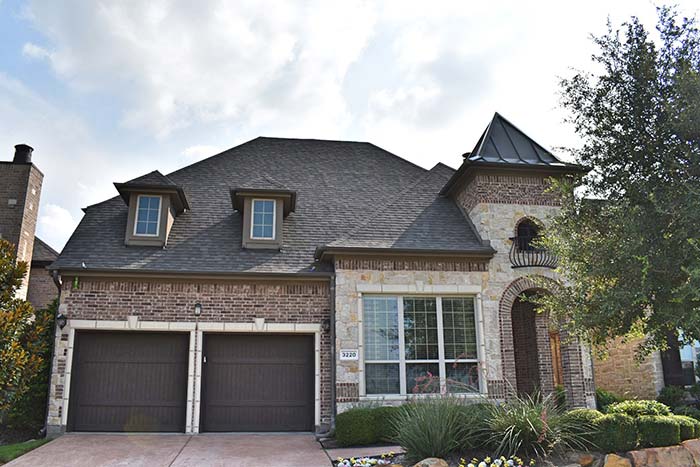Thinking of finally giving your roof that well-deserved and much-needed repairing and revamping? New View Roof Replacement Company and their roofing experts have listed down a few tips you should take note of for roof inspection and replacement.
Things To Watch Out For Before Replacing Your Roof
-
Last Roof Repair
When was your roof last repaired and/or installed? Have there been any fixings done in the past few years? One of the variables that come into play when deciding when to have roof replacement work has to do with roof age.
More than the “when” of its last repair, the existing structure-type and shingle type are to be considered as well. Wood shingles can last up to 40 years. Asphalt shingles and composition roofs, 20 years. Cement shingles, 25 years. The list goes on.
If you aren’t sure, contact your roof replacement company and ask them about this detail.
-
Ventilation
The second question to ask is, “How is your roof?”. A healthy roofing system should have proper ventilation. And good ventilation is directly linked to airflow. A lack of the latter will make the roof susceptible to mould and mildew, shingle and eave damage due to heat-trapping, corrosion, and leakage.
Hence, good ventilation can be achieved through the following:
*Affixing a ventilation barrier which should be located closest to the ceiling and right beneath the insulation space. In doing so, moisture can be prevented from seeping through the attic.
*There should be an insulation layer that isn’t gapped on the attic floor itself. Said layer will serve as a safeguard against heat-trapping and/or heat loss (depending on weather conditions).
*Something like open and vented spaces will work well in permitting air to pass through without a hitch. The rule of thumb is that for every 1 foot-vent space, attic space should equate to 150 square feet.
*Finally, there should be a gap of at least 1 inch or more in between the sheathing and the insulation.
-
Shingle Type
The third on this list is about the type of shingles your roofing system is overlapped with. We’ve mentioned some of the categories of shingles above. Now, we’re bringing attention to shingle durability and warranty, along with your area’s seasonal changes.
Shingles that are subjected to harsh weather a few times a year will definitely be a major factor in impacting shingle durability. That, and the shingle type, too.
Regarding warranty, contact your roofing contractor to learn about their terms and conditions. It’s possible that repairs within a certain period of time, from the first day of purchasing the roofing materials, may be complementary or discounted (depending on the type of repair).
-
Fire Rating
There are three main classes when it comes to the levels of a roofing system’s fire rating. Ranked as A, B, and C, these will determine which materials have the highest or lowest resistance to fire.
-
Roof Pitch And/Or Slope
Almost similar to the levels of classifications of fire rating, pitch and slope are also divided into three. Low, medium, and high for pitch. And as for slope, the three gradings are 1-3 inches, 4-12 inches, and 5-12 inches.
A low pitch is paralleled with a slope grade of 1-3 inches. The recommended shingle materials are ones that have a watertight seal.
Medium pitch is paralleled with a slope grade of 4-12 inches. The recommended shingle materials are asphalt and composite.
High pitch is paralleled with a slope grade of 5-12 inches. The recommended shingle materials are wood shake or slate.

